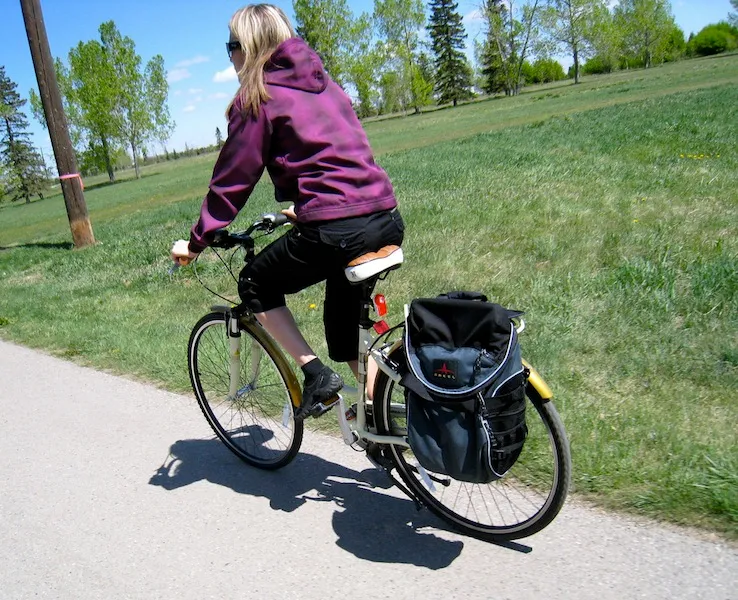For most serious cyclists, a 6.8-mile ride is a warm up, but for northern Illinois and southern Wisconsin riders that distance may create unbridgeable gap in a popular multiuse trail system. Four suburb communities are unable to acquire the federal “rail-to-trail” funds that would be necessary to complete part of the Skokie Valley Trail System.
This isn’t just a case of one section of trail left incomplete, rather, the gap creates a “missing link” in a greater trail system with the potential to connect Wisconsin with the Chicago area, and even beyond. The Skokie Valley Trail, which is a multi-use system for walkers, joggers, and cyclists, extends north where it meets with another trail that heads to Kenosha, Wisconsin.
To the south, organizers are hoping the trail could use land leased from the Union Pacific railroad to connect the system to Chicago. “The proposed trail would complete a vital north-south gap in the regional trail network,” Barb Cornew, north suburban coordinator told BikeRadar. “Currently people who bike have access to the North Channel Trail and the Green Bay Trail running north to south, however these two trails are not connected.”
At present the missing gap spans 6.8 miles through Skokie Valley in Cook County. It’s this area that has the potential to connect the villages of Northbrook, Glencoe, Northfield, Wilmette, and Glenview, which have a combined population of more than 125,000. This would also link to the existing Skokie Valley Trail in Lake County, and could provide a new 28-mile transportation opportunity connecting Waukegan to the city of Chicago. “The Skokie Valley Trail would be a multi-use facility,” added Cornew. “Whether using the trail for exercise or transportation, the trail would create a safe space for residents and visitors alike.”
Word came in November that a federal grant request for US$6.8 million was denied, and local community leaders can’t cover the costs. Transportation enhancements, which are the largest funding sources for bicycle trails in the United States, were also eliminated from the transportation-funding bill currently running through the House of Representatives. The result is that the nearly 7-mile “hole” in the system. “I think the thing that really stands out that anybody can identify with and is close to connecting to the massive system to the south,” Eric Oberg, the manager of trail development for Rails-to-Trails Conservancy told BikeRadar. This is supremely disappointing, he added, because of the potential this short span offers the greater system. “We think this could create a huge uncut trail system for bicycle tourism or for weekend bike trips.”

The gap in the trail system may deter some bike commuters and recreational riders
Oberg notes that those who take such bicycle tourism trips could likely be turned off by the gap, but also says that the real losers are the causal riders who might not feel comfortable on city streets. “It is only six miles but it is connecting a hundred miles, and this has a great potential as a commuter route from the Northern suburbs to the city,” Oberg said. “It might not mean much to very confident riders who will have no problem taking city streets and connecting to the next trail, but this system is really mean for the people who aren’t as confident on the streets.”
Local riders have long touted the main benefit of the Skokie Trail to be its straight shot to the city, whereas other local trails wind and take riders out of the way. While that might be a pleasant way to spend a weekend, for those commuters the straight shot would have been a real benefit, and now commuters will have to hit the streets instead.
The question now is whether this gap will detour those casual commuters thinking about biking. “It could have been a way to convince people that they could use bikes,” said Oberg, who still hopes that eventually the system can be completed. “It is a small gap to fill in one heck of a system.”
